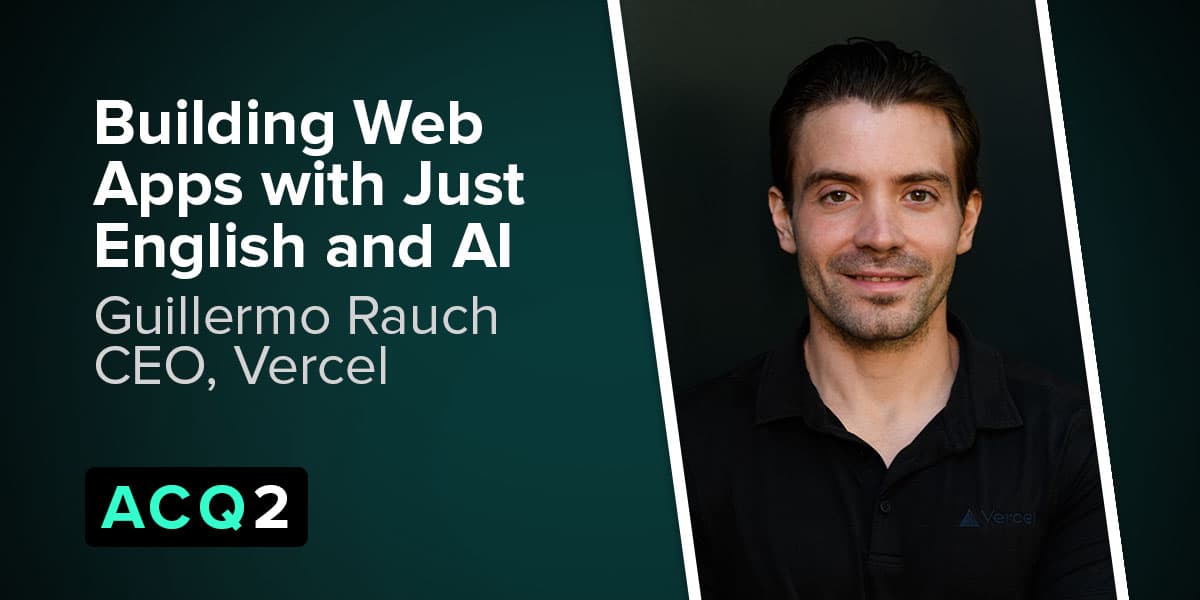Guillermo Rauch Identifies Three Distinct AI Traffic Types Crucial for Web Strategy

Guillermo Rauch, CEO of Vercel, has outlined three distinct categories of AI-driven web traffic—AI training crawlers, AI engine grounding, and AI source referrals—emphasizing that each requires a unique understanding and measurement approach for businesses. In a recent tweet, Rauch cautioned against broad, default blocking decisions by infrastructure providers, stating, "Any default or broad stokes blocking decision by your infrastructure provider is likely to be harmful. Here's how to think about it." His perspective highlights the evolving landscape of web traffic and the necessity for nuanced strategies.
The first category, AI training crawlers, refers to bots that scour the internet to collect data for training large language models (LLMs). These crawlers are essential for feeding the vast datasets required by AI models to learn and improve. While their volume can be substantial, their purpose is data acquisition for model development.
Secondly, AI engine grounding traffic originates from AI models seeking up-to-date information to "ground" their responses. This process, often using techniques like Retrieval-Augmented Generation (RAG), ensures that AI outputs are current and accurate by fetching real-time data. Rauch previously coined the term "frontier content" to describe the fresh, exclusive information that becomes crucial for websites as AI models increasingly rely on direct answers rather than traditional search results.
The third type, AI source referrals, represents traffic driven to websites when AI models or chatbots cite a source, prompting users to click through for more details or original content. This type of traffic is particularly valuable as it indicates direct user intent and engagement, often leading to higher conversion rates. Vercel has observed that traffic from platforms like ChatGPT, while smaller in volume than Google, can be significantly more "intentful," leading to higher signup propensities.
Rauch's insights underscore the need for businesses to move beyond a one-size-fits-all approach to bot management. As Vercel, an infrastructure platform powering modern web development, continues to integrate AI into its offerings (such as its AI SDK and v0 for generative UI), understanding these traffic distinctions becomes paramount. The ability to differentiate and strategically manage these AI interactions will be critical for maintaining online presence, optimizing resource allocation, and leveraging AI's transformative impact on the web.